
Your new baby is coming or has just recently arrived. Having a pet dog will help teach your child empathy and responsibility in the years ahead and surely your loving dog will be happy with the new addition to the family…or will she? When a new baby appears on the scene, it can be a confusing time for a dog, but there are things one can do before and after the new one's arrival to help assure a smooth transition.
First, your dog is a fine companion. Why would your dog need help adjusting to the new baby? Babies and small children behave in very different ways than the adults your dog is accustomed to spending time with in your home. They can give off loud squeals and move quickly and unpredictably. Babies and very young children will tend to be right at eye level with a dog, which a dog may find discomforting. Adults will tend to leave a dog to himself if she is eating his meal, but children may not realize that is a good practice. Factors like these can be upsetting or frightening to a dog.
If your baby has not arrived yet, how can you use this time to prepare your dog? There are actually many things you can do in the months before the baby that will make things go much smoother. First, when a new baby comes, there will be new people and new sounds which will generate lots of excitement, but there will be times when your dog may want to relax and get away from it all. If she already has a crate that she has access to, then fine. Otherwise, you should consider introducing her to a crate, or at least set aside a quiet place in your house as her own secure sanctuary. It important that your dog knows that there is always a place she can go if things start to get too stressful. Also, with a new baby you may find it helpful to sometimes use a dog walker or "doggy day care" facility. Use this time to find the best options for you and your dog.
Your new baby will also be accompanied by the sights and smells of all sorts of baby things, such as strollers, blankets, and swings. Give your dog a chance to experience these things slowly over time so they become just another part of the household. Some dogs can get anxious over things that roll, so be sure to get your dog used to the stroller ahead of time. This may mean just slowly pushing it back and forth at first and building up to walking her with an empty stroller.
Your dog may be perfectly trained already, but if not, there are some things that would be helpful to train her to do now while you have time on your side. You will be expecting your dog to leave baby blankets and toys on the floor alone, so start teaching her your expectations now. Don't forget that includes whether your dog is still allowed up on the sofa or chair if she has been allowed there in the past. As always, the simple "sit" and "stay" commands can be invaluable in communicating with your dog how to stay out of trouble. Similarly, lying in his bed or crate on command can be very helpful. Also, if she doesn't know this behavior, you might want to teach your dog to "back away", for when you are busy with a fussy baby, for example. To teach this, say a verbal command such as "back away", show your dog that you have a treat, and then toss it a few feet away from you for your dog to go and get. Repeat this about a dozen times. Then change things up by saying "back away" then extend your arm. Once your dog begins to move in the direction you indicated, say a reward message such as"yes", then throw the treat past her. Then continue in this manner, but increase the distance your dog must move away from you to get the treat.
What are some good guidelines for handling the first meeting between baby and dog? Usually it's best to allow everyone except the person holding the baby to enter the house, since your dog will probably be excited to see his family again. Once she has somewhat settled down and is on a leash, the adult with the baby can then enter. Try to be calm and not nervous at the meeting, as we want your dog to always associate the baby with positive things. Call your dog over to you and the baby and use treats if she appears standoffish, but do not ever force her to come close to the baby. Allow her to sniff at your baby's feet. Use your judgment to adjust the frequency and duration of these meetings. There is nothing wrong with ending a meeting on a positive note, even if your dog still seems interested. In these situations, you can use a family member to coax your dog away with treats. On the other hand, if your dog has decided it's time to move onto other things after just sniffing the air around the new baby, that's fine; allow your dog to stay away from the baby if she is not ready to spend more time. Remember, never scold or punish your dog for inappropriate behavior around the baby, as we want the baby to always be associated with good things.
Every dog will respond differently to the arrival of a new family member, so it important to proceed in a positive way at a pace that will be comfortable for your dog. Doing so will assure you the joy of watching your child and dog grow up together.
Scott Clearfield has always been a dog enthusiast and currently has two rescue dogs that keep him busy. Over the years, Scott has learned about dogs and dog training from books, trainers, as well as his own dogs, of course. He always enjoys making happier dogs and dog owners. For more information on training and caring for your dog, please visit his site at => http://betterdogsfaster.com
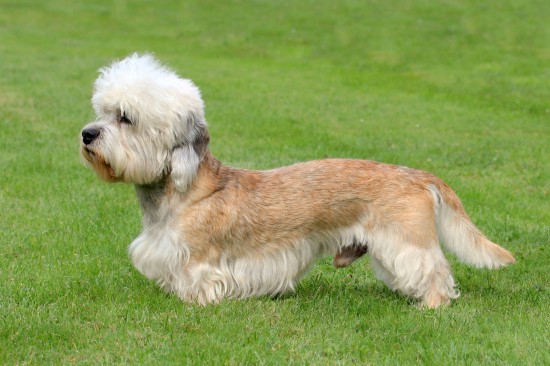 Selective Breeding And Line Breeding In Dogs - What Is It And How Is It Done?
Selective Breedin
Selective Breeding And Line Breeding In Dogs - What Is It And How Is It Done?
Selective Breedin
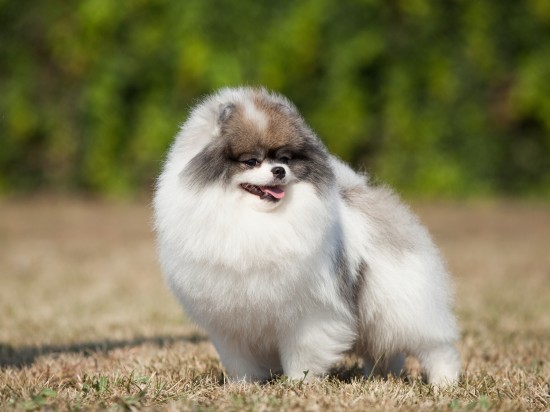 How To Judge The Authenticity And Veracity Of A Dog Breeder
How To Judge The
How To Judge The Authenticity And Veracity Of A Dog Breeder
How To Judge The
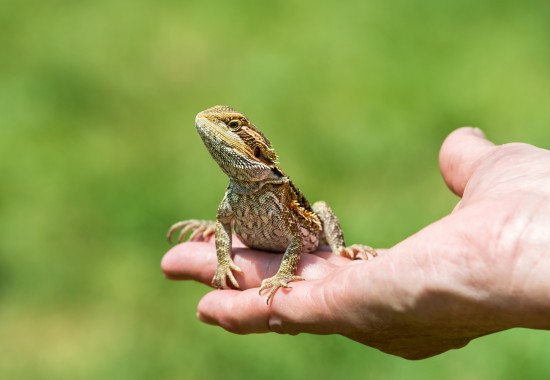 How To Pick Up And Handle Your Pet Lizard, And The Best Pet Lizards For Hands-on People
How To Pick Up An
How To Pick Up And Handle Your Pet Lizard, And The Best Pet Lizards For Hands-on People
How To Pick Up An
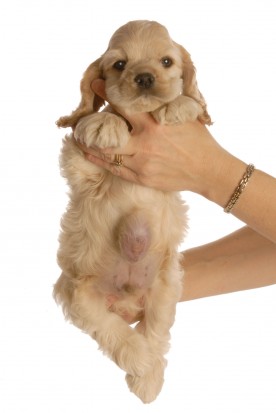 5 Types Of Hernia Commonly Seen In Dogs
5 Types Of Hernia
5 Types Of Hernia Commonly Seen In Dogs
5 Types Of Hernia
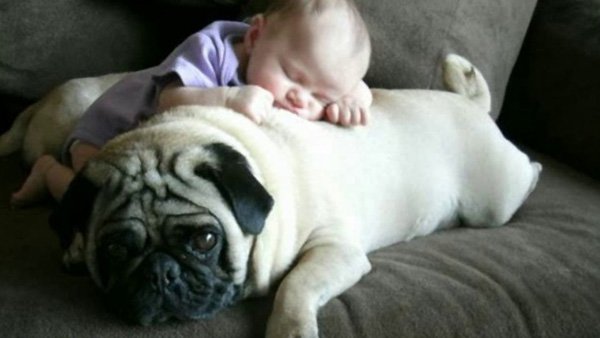 Chocolates are not for your dog
Chocolates are not for your dog
Puppies are kn
Chocolates are not for your dog
Chocolates are not for your dog
Puppies are kn
Copyright © 2005-2016 Pet Information All Rights Reserved
Contact us: www162date@outlook.com